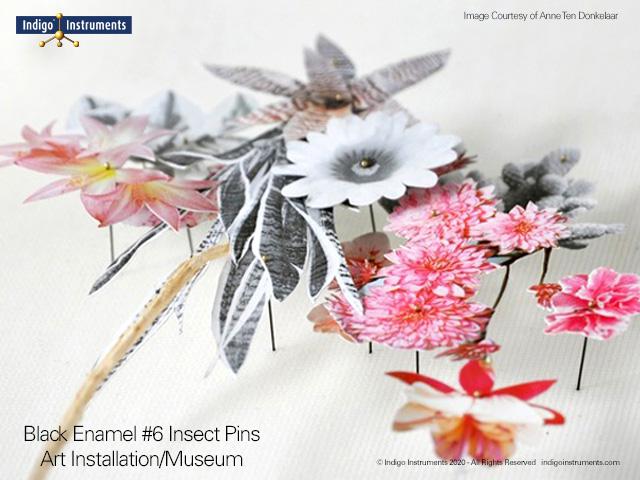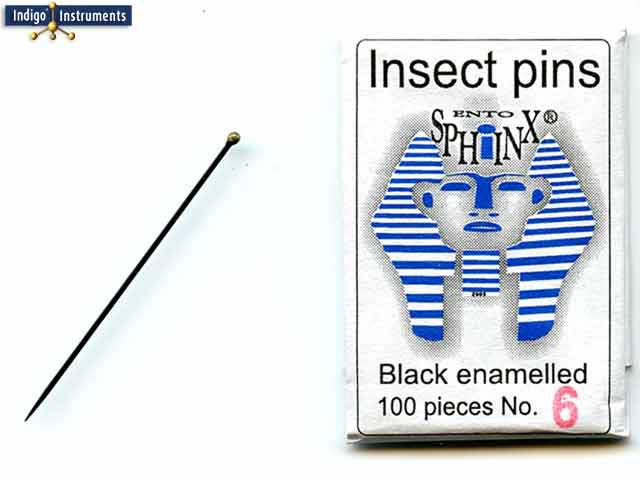Botanical Mounting & Preservation Pins
SKU: 33414-6
Use corrosion-resistant insect pins for mounting delicate plant specimens in herbaria or botanical studies. Secure leaves and flowers safely without tearing or rusting.
These finely made black enamelled steel insect pins are an economical way for mounting and preserving botanical specimens such as leaves, petals, and seed pods. Their slender, polished shafts penetrate stems and veins cleanly without crushing or tearing tissue, while their corrosion resistance ensures long-term durability under humid drying conditions. Whether used in herbarium sheets, botanical display boards, or student plant collections, these pins help maintain the natural form of fragile specimens during pressing and drying.
We've offered Entosphinx black insect pins since 2005 with a delivered cost that beats "free" shipping!
Google Reviews, click on the names to read the entire review:
Keith U.: ...insect pinning equipment...received quicker than expected. I will order from them again.
Steven P.: Indigo...black steel pins for...wood scale flying models, very sharp...Great quality products!
